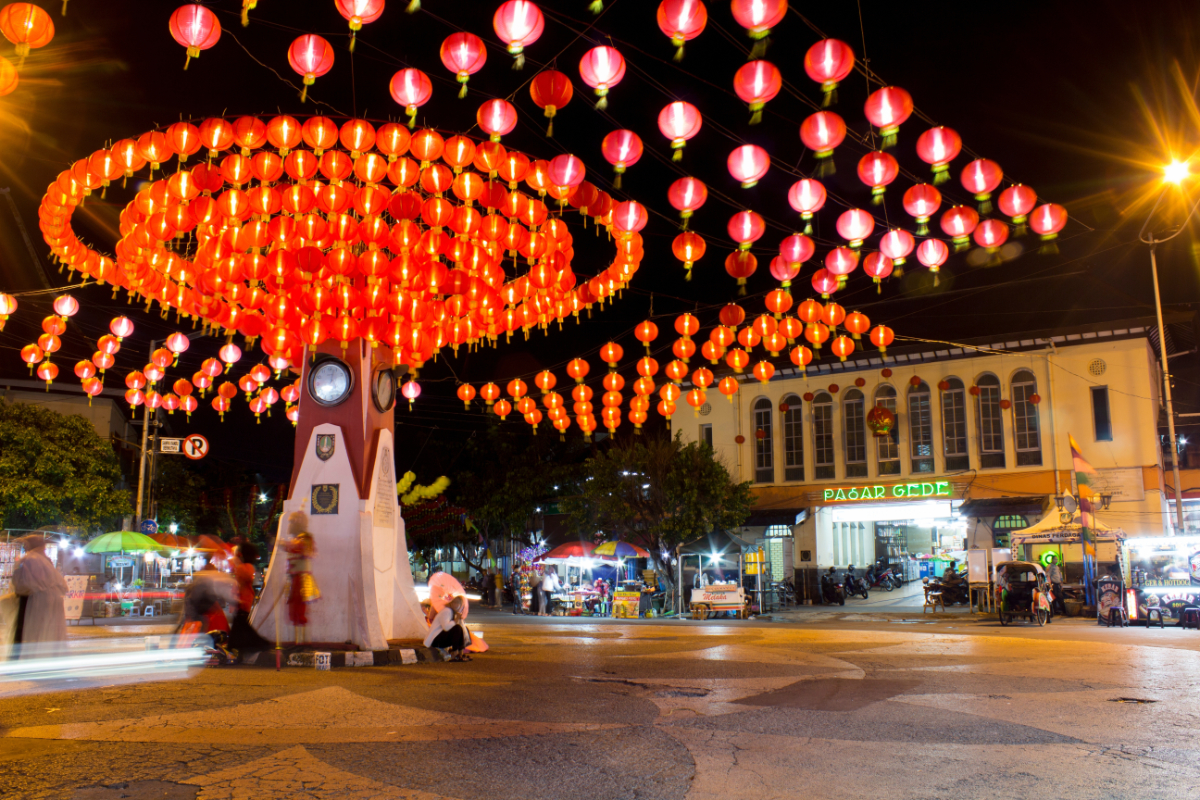The reason why Solo entered the UNESCO Creative Cities Network is due to its rich cultural heritage and preservation efforts. Solo, also known as Surakarta, in Central Java is renowned as a center of Javanese culture that has been well maintained to this day. There are many fascinating aspects related to the culture that visitors can discover when exploring the city. From the iconic batik fabrics with patterns like Parang Kusumo and Truntum, to cultural centers that continue to uphold ancestral traditions.
It is these attractions that ultimately led Solo to be included in the UNESCO Creative Cities Network. According to the en.unesco.org website, the UNESCO Creative Cities Network (UCCN) was established in 2004 to promote cooperation among cities that place creativity as a strategic factor in sustainable urban development. Solo's commitment to preserving its cultural heritage and promoting creativity as a driving force in its urban landscape made it a fitting addition to this prestigious network.
By being part of the UNESCO Creative Cities Network, Solo gains international recognition for its cultural significance and creative endeavors. This membership not only highlights Solo's efforts in preserving its heritage but also opens up opportunities for collaboration with other creative cities around the world. It showcases Solo as a city that values and promotes creativity as a key element in its development, further solidifying its position as a cultural hub within the global community.
Currently, the UNESCO Creative Cities Network encompasses 350 cities from 100 countries, representing seven creative fields, including Folk Art and Crafts, Design, Film, Gastronomy, Literature, Media Arts, and Music.
The inclusion of Solo City in the UNESCO Creative Cities Network was not easily achieved. It took three attempts for Solo City to make it onto the UCCN list, after failing twice in the selection process since 2017. This success makes Solo City one of the 55 cities that have successfully become new members of the UNESCO Creative Cities Network in the field of folk art and crafts.
The inclusion of Solo City in the UNESCO Creative Cities Network is a significant step for the tourism and creative economy sectors. The recognition from UNESCO can open up business opportunities and create jobs, while also improving the economy and welfare of the people of Solo City, especially for those involved in the creative industry.
As mentioned earlier, the success of Solo City in entering the UNESCO Creative Cities Network list requires considerable effort. In 2023, besides Solo City, there are actually four other cities/districts in Indonesia that have applied to be included in the UNESCO Creative Cities Network list.
The list of cities/districts that have applied for nomination in the UNESCO Creative Cities Network 2023 includes: Bantul District, Special Region of Yogyakarta (in the field of folk art and crafts); Salatiga City, Central Java (in the field of gastronomy); Belitung City, Bangka Belitung Islands (in the field of gastronomy); and lastly, Solo City, Central Java.
The selection of Solo City as a UNESCO Creative Cities Network in the category of crafts and folk arts actually makes sense. Considering that Solo City is famous for various performing arts and cultures that are widely known among tourists. One example is the annual Solo International Performing Arts (SIPA) event, which has successfully attracted international attention.
In addition, there are several cultural events in Solo City that are interesting to witness firsthand, such as Solo Dance, Solo Batik Carnival, Grebeg Sudiro, and Solo Keroncong Festival. On the other hand, the selection of Solo City as a UNESCO Creative Cities Network cannot be separated from the abundance of performance art venues that truly reflect the culture of Solo City. Starting from Taman Budaya Jawa Tengah, Pura Mangkunegaran, Taman Balekambang, to the newest one, Lokananta.
Until now, these places still regularly hold art performances to preserve the local culture. Such as wayang orang performances, kethoprak, Ramayana ballet, wayang kulit shows, and contemporary art performances.
With these various reasons, it is not surprising that Solo City has successfully entered the UNESCO Creative Cities Network, right?
